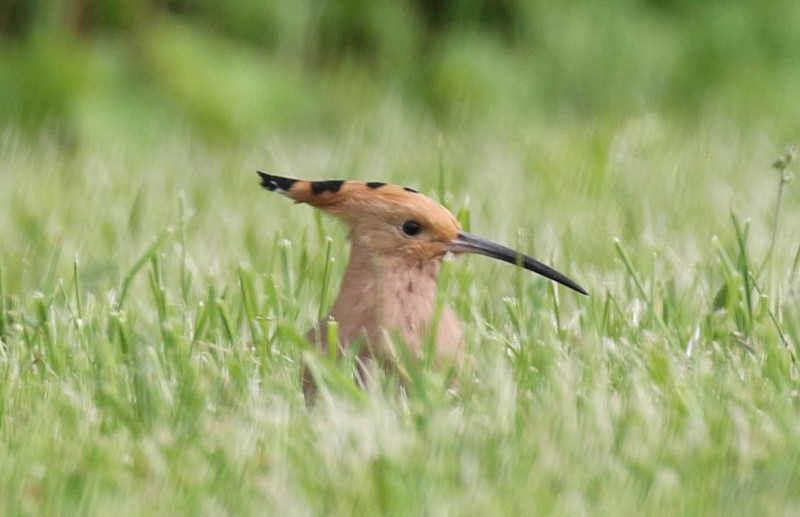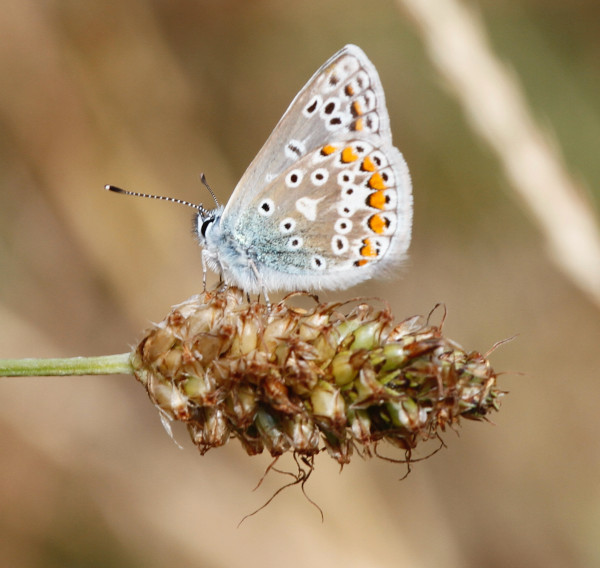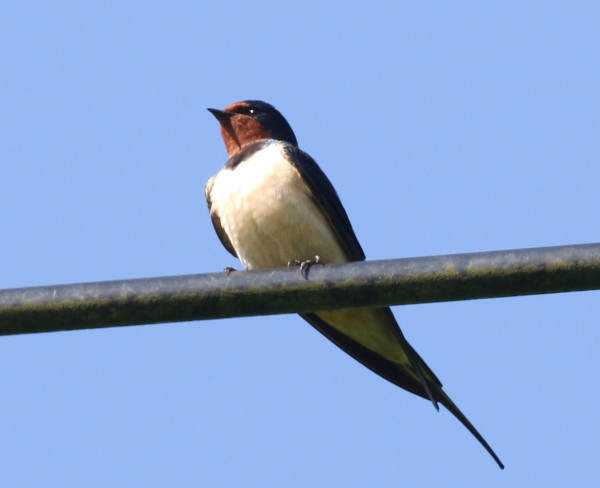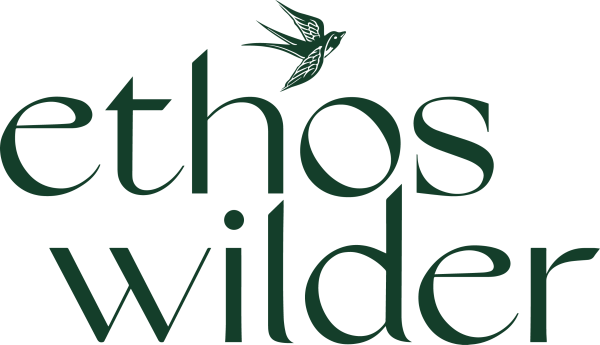There seems to be lots of stories about the damage to our countryside these days.
Do you often feel like you are trying to reach out but no one is listening?
Whether it’s villagers being ignored by big housing developments, nature-lovers being ignored by contractors, or local people being ignored by their own council on issues very close to home? We feel that way too.
This is why we have decided on a new venture…Wilder Sensing.
Using a combination of sensing technologies to harvest big data sets, of anything from the sound of nesting wood pigeons, to the scurry of water vole. We then collect this data to produce a ‘digital twin’ of local habitats and ecosystems. By creating digital proof for a timeline of habitat degradation, this means that people can hold the organisations causing the damage to account with real-world evidence; of species numbers, water quality changes, sapling population and so much more. The sky’s the limit with innovative technology, so why not use it for the benefit of nature?
Wilder Sensing is all about big data for the benefit of nature, health and wellbeing. With the rapid development of Internet of Things devices and AI/Machine Learning to interpret data we have an opportunity to capture real time data on what’s happening in a landscape – think Springwatch on steroids.
By bringing together IoT, big data and ecologists we can benchmark the level of biodiversity of any site, and, using data modelling, try and predict the impact of changes to a habitat, community and visitors.
Digital twins of natural landscape have huge commercial potential – the data can be utilised by land owners and buyers, developers, insurers, and the nascent market of ecosystem investors.
Wilder Sensing Introduction Video
About Ethos Wilder Sensing:
Read more about Ethos Wilder Sensing here



